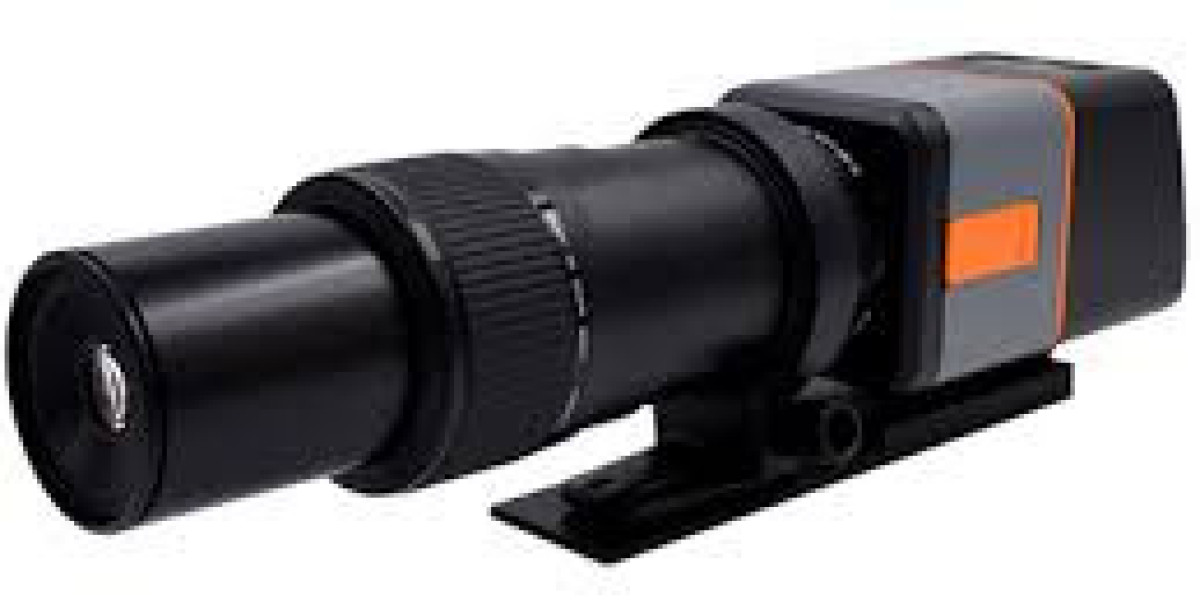In advanced optical inspection and analysis, having the right lens can make all the difference. One such highly specialized tool is the conoscope lens, designed to deliver angular information of light passing through transparent materials. From LCD display testing to stress analysis in crystals, conoscope lenses provide clarity, precision, and unmatched visualization.
Let’s explore what makes the conoscope lens a critical asset in scientific and industrial optics.
What is a Conoscope Lens?
A conoscope lens is a type of detection lens that allows observation of interference patterns and angular distributions of light through birefringent materials. This is particularly useful in analyzing optical anisotropy—where the material has direction-dependent properties.
The lens works by capturing a wide range of incident light angles and focusing them into a plane that can be observed or recorded, typically using a CCD or camera system. The resulting image is known as a conoscopic image or interference pattern, offering insight into the internal stress, alignment, or refractive index of a material.
To explore a professional range of conoscope lenses, AR/VR Optical offers industry-grade optical components suitable for laboratory and industrial settings.
How a Conoscope Lens Works
The core principle behind conoscope lenses is polarized light microscopy. When polarized light passes through a birefringent sample (like an LCD or a crystal), it splits into two rays that interfere with each other. The conoscope lens gathers these rays from various angles and brings them into focus in a way that creates a visible interference pattern.
This pattern gives critical insights into:
Optical alignment of liquid crystals
Stress distribution in transparent materials
Polarization effects and light transmission characteristics
Unlike regular lenses, conoscope lenses are specifically designed to preserve angular information, which is essential in such analyses.
Applications of Conoscope Lenses
1. LCD Display Testing
One of the most common uses of conoscope lenses is in testing LCD displays. These displays rely on liquid crystal alignment, which can be studied through the conoscopic interference patterns. It helps ensure consistent performance and quality control in mass production.
2. Birefringence Analysis
Materials like plastics, crystals, and glasses exhibit birefringence under stress. Conoscope lenses are used to measure and visualize this, making them valuable in material science and mechanical engineering.
3. Optical Component Testing
Waveplates, polarizers, and other optical elements are tested for polarization and refractive behavior using conoscopic methods. This ensures they meet performance specifications before deployment.
4. Educational and Research Laboratories
In academic settings, conoscope lenses are used to demonstrate principles of polarization, interference, and optical physics, offering a hands-on learning experience.
For advanced optical labs and display inspection setups, you can browse high-performance conoscope lenses crafted for accuracy and clarity.
Benefits of Using a Conoscope Lens
High Precision Analysis: Captures intricate angular information not possible with standard lenses.
Non-Destructive Testing: Ideal for delicate materials and live inspection.
Versatile Use: Applicable in research, manufacturing, and education.
Enhanced Visualization: Clear conoscopic images help interpret complex optical behavior.
With these benefits, conoscope lenses are indispensable in fields that demand accuracy and reliability in light analysis.
Conclusion
As industries continue to evolve toward greater precision and miniaturization, the tools used for inspection and analysis must keep up. The conoscope lens stands out as a specialized yet essential optical component, providing accurate insight into light behavior, material stress, and polarization.
Whether you're involved in manufacturing high-end displays or conducting academic research, integrating a conoscope lens into your optical system can significantly enhance your results.













